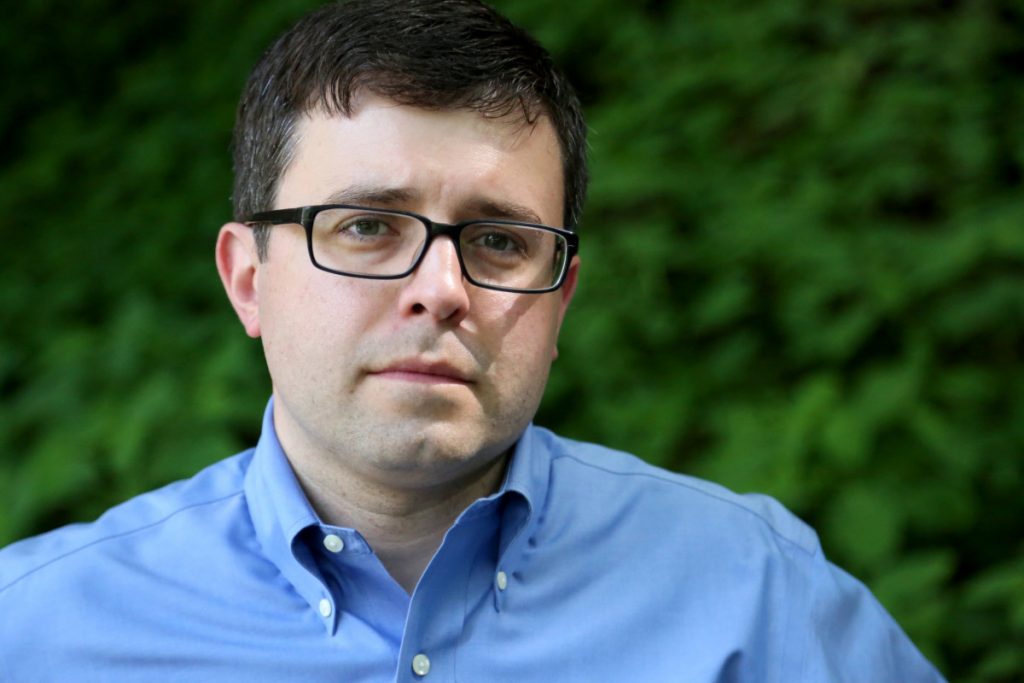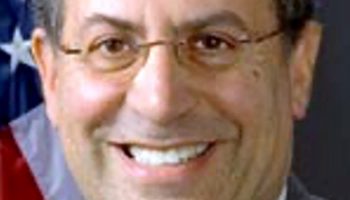
Mariia Novoselia
Staff writer
Buildings are all too often left out of conversations about climate change, said Nicholas Rajkovich, associate professor in the University at Buffalo’s department of architecture. That is, they will be before he comes to Chautauqua.
“When you look at international — and even our national — climate assessment, we talk a lot about different sectors of the economy, like agriculture and energy, but we don’t really dive down into the built environment itself and I think that’s a missed opportunity,” said Rajkovich.
Organized by Chautauqua Science Group in partnership with Chautauqua Climate Change Initiative, his talk “Resist, Relocate, or Seek Refuge? Constructing Climate-Related Resilience in Buildings” is at 9:15 a.m. today in the Hurlbut Church Sanctuary.
The United States Environmental Protection Agency, Rajkovich said, estimates that humans spend nearly 90% of their time indoors. On top of that, he said, homes are often “the largest investment that people are making in their lifetime.” These are just some of the reasons why understanding how climate change affects buildings is important.
There are many ways, Rajkovich said, in which this intersection can be approached. Resisting climate change by “hardening” building structures is one of them.
“We expect extreme weather to potentially increase in intensity, frequency and duration in the future,” Rajkovich said, noting that after natural disasters, communities tend to try and rebuild back what they had in the past. “If you just keep rebuilding what you already have, you’re just going to repeat the same mistakes (from) the past.”
Human migration, Rajkovich said, is one of the factors that could affect a region because of climate change. People could be moving to Western New York and cities like Buffalo because they are seeking access to fresh water, or avoiding the heat taking over the southwestern United States.
Attracting more people could be a good thing for a region where population numbers have been dropping over the last 50-plus years, he said. At the same time, growing population could “put stresses on resources we already have and potentially, increase some of the inequities that we already face in Western New York in many communities,” he said.
Currently, Rajkovich is working “to solve problems that may plague cities of the future,” according to his biography on the University at Buffalo’s website. One of those problems, he said, is the “urban heat island” phenomenon.
“Because of the concentration of buildings and things like automobiles and vehicles … cities tend to be much hotter than (the) surrounding countryside,” Rajkovich said. “It actually magnifies the impacts of climate change.”
Infrastructure, he said, keeps temperatures high at nighttime, which not only puts pressure on electrical systems, but also increases people’s risk of heat-related illnesses or death.
Changes in precipitation patterns, Rajkovich said, are another great concern, especially in Western New York. For instance, two huge snowfall events in Buffalo, in recent years were both described as a “once in a generation” occurrence.
“That really is a symptom of a warming (Lake Erie) and a warming atmosphere,” Rajkovich said. “Understanding how places like Buffalo are going to deal with that and adapt to it, I think, is a really important challenge that we have to take on.”
The chapter on climate change and architecture in Rajkovich’s story began in the late 2000s when he was living in San Francisco. One day, on his way to work, he said he was looking at the recent Intergovernmental Panel on Climate Change’s assessment and could not find any references to buildings.
“As an architect, I found that to be both surprising and distressing,” Rajkovich said.
The realization took him to graduate school. Since then, as a professor, Rajkovich has shared his knowledge, teaching at Cornell University prior to his current position in Buffalo.
“A lot of (my students) are really motivated to do something about the climate crisis … to make a difference in the world,” Rajkovich said.
For a little over an hour, the role of Rajkovich’s students will be given to Chautauquans. He said he hopes his lecture will help people understand adaptations that will be necessary because of climate change by providing local examples.
“A lot of times we tend to underplay what climate change might actually mean for us, but it’s definitely something that’s going to impact buildings and New York State,” Rajkovich said.




